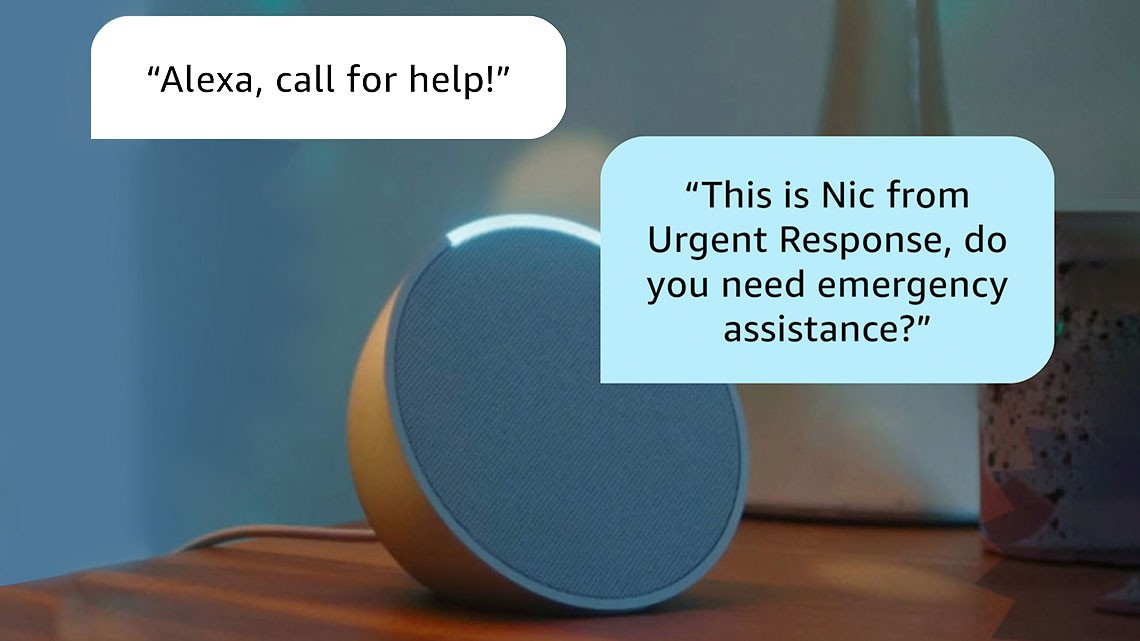Staying Fit


In February 2023, after a series of hospital stays and battles with metastatic melanoma, a skin cancer which had spread to his brain and liver, former President Jimmy Carter entered hospice care. Like his wife, former first lady Rosalynn Carter, who suffered from dementia and died on Nov. 19, 2023, the former president elected to receive home hospice care instead of additional medical intervention. According to the Carter Center, the decision has allowed the former president to spend his remaining time with family at home.


AARP Membership— $12 for your first year when you sign up for Automatic Renewal
Get instant access to members-only products and hundreds of discounts, a free second membership, and a subscription to AARP the Magazine.
What is hospice care?
Though the word “hospice” might trigger the notion of giving up on life, the goal is to give a person the best possible quality of life — emotional, physical and spiritual comfort.
“Dying isn’t really the focus of hospice care,” says Angela Novas, chief medical officer for the Hospice Foundation of America. “The focus of hospice is to live well for the remainder of your time, however long that is.”
A multidisciplinary hospice team works together to care for the patient’s medical, psychological and spiritual support. Team members can include the patient’s personal physician, the hospice medical director, nurses and aides along with social workers, clergy and trained volunteers.
Hospice can be provided at the caregiver’s home, a hospital or a hospice facility.
Who pays for hospice?
The full cost of hospice services is covered by Medicare and Medicaid. “If your loved one isn’t on Medicare or Medicaid, private insurance policies generally follow the Medicare model,” says Davis Baird, director of government affairs at the National Association for Home Care & Hospice. There may be a copayment charge for some medicines or in-patient respite care.
Hospice is tied to a certain eligibility requirements. “You have to be certified terminally ill, meaning you have six months or less to live if your terminal illness runs its normal course,” Baird says.
As we’ve seen from Jimmy Carter, in hospice care for over a year, you can continue to receive hospice care after six months, as long as you continue to meet eligibility requirements, Novas says.




































































More From AARP
Hospice Fraud Among Scams Senior Medicare Patrols Are Seeing
Old cons are recycled to take advantage of news reports
Author of ‘The In-Between’ Shares What She Learned as a Hospice Nurse
New book sheds light on the process of dying and the best thing you can say to a loved one
How Hospice Helped My Family
A daughter reflects on the decision she made for her father and how much the support meant to them